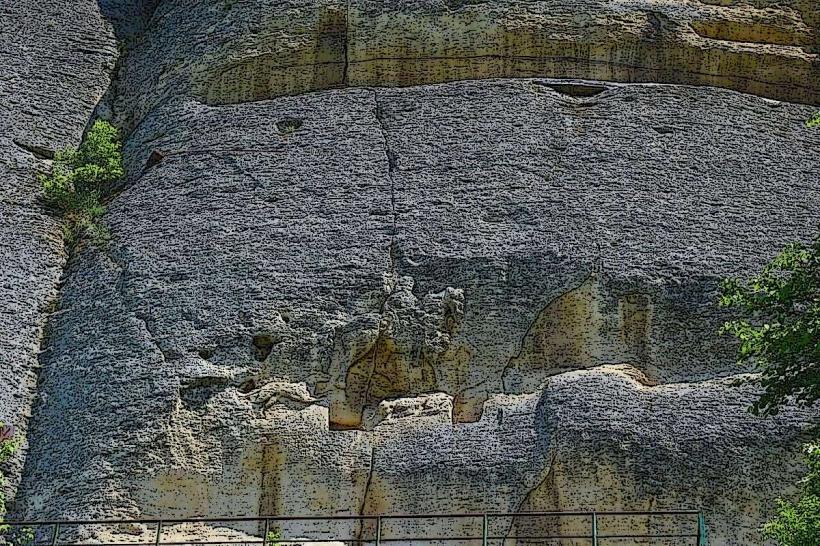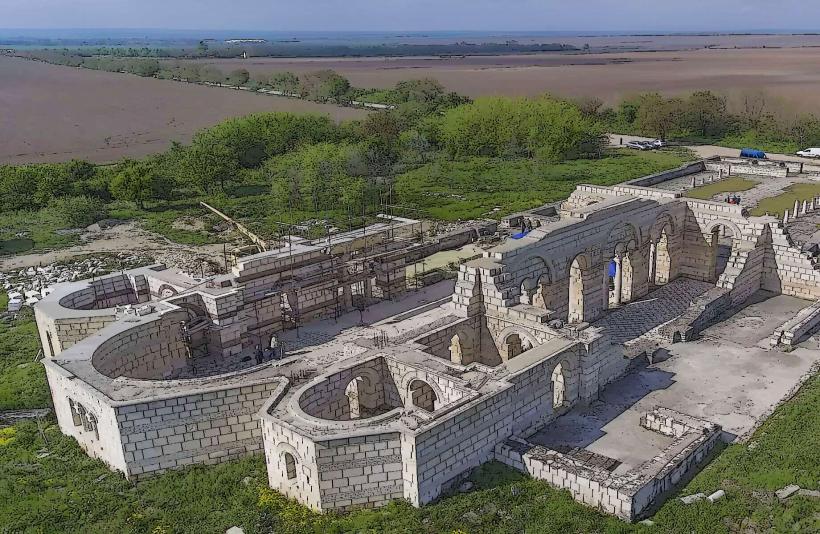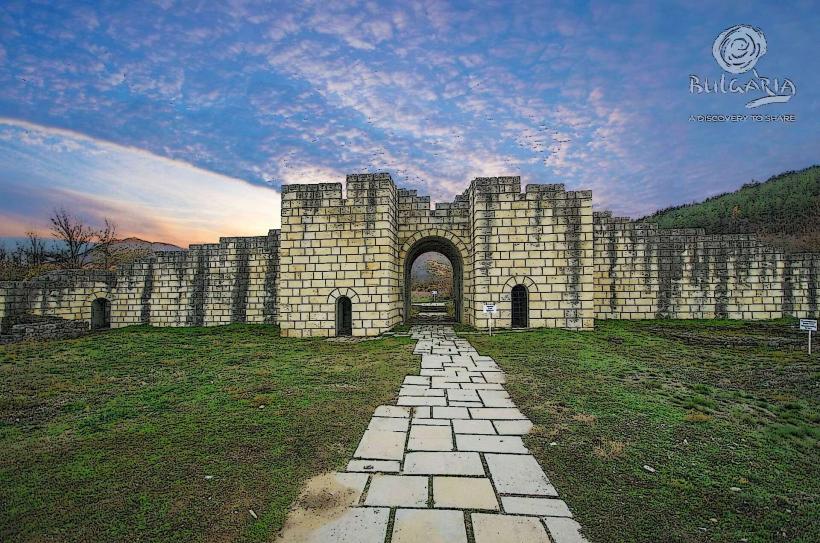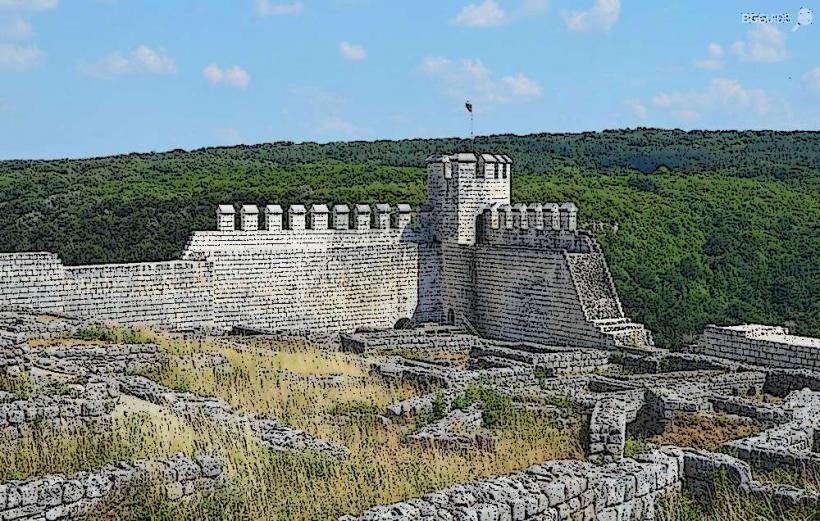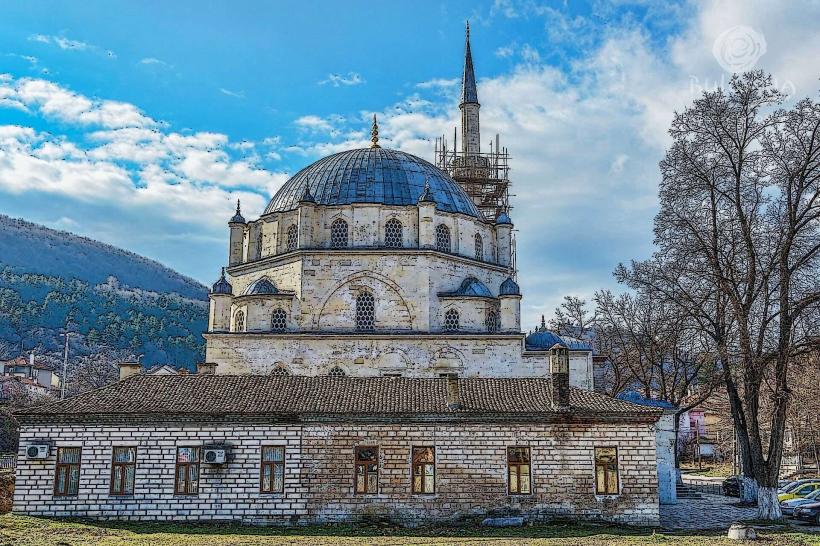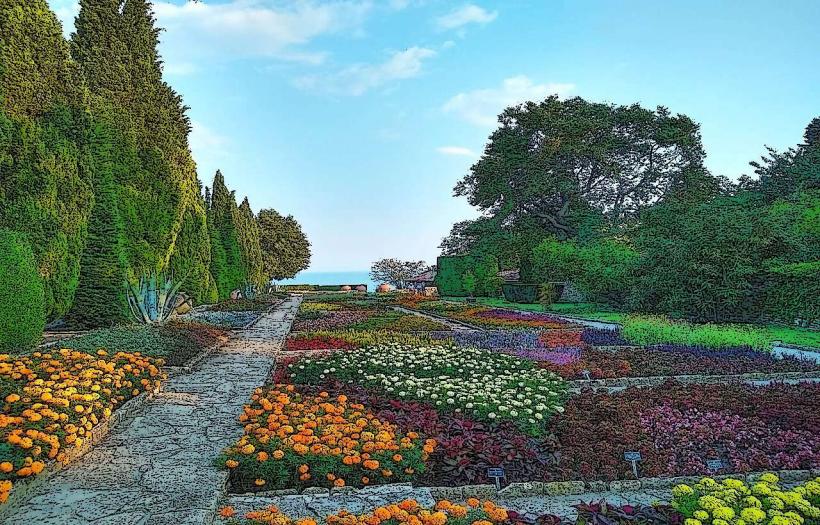Information
Landmark: Monument to 1300 Years of BulgariaCity: Shumen
Country: Bulgaria
Continent: Europe
The Monument to 1300 Years of Bulgaria is a monumental structure located in Shumen, Bulgaria, and is one of the most iconic landmarks in the country. It was erected to commemorate the 1300th anniversary of the establishment of the First Bulgarian Empire in 681 AD, marking a significant milestone in Bulgarian history. The monument symbolizes the historical and cultural achievements of the Bulgarian people throughout their long and storied history.
Historical Background
- Date of Construction: The monument was built in 1981, during the era of Socialist Bulgaria, under the leadership of the Bulgarian Communist Party. It was a time when the state sought to emphasize national pride and historical continuity through large-scale public works.
- Purpose: The monument was constructed to celebrate the 1300th anniversary of the founding of Bulgaria. This date marks the establishment of the First Bulgarian Empire in 681 AD by the Bulgar Khan Asparuh, who united the Bulgars and settled in the Balkans, laying the foundations of the Bulgarian state.
- Symbolism: The monument was intended to reflect Bulgaria’s historical significance and pride, focusing on the achievements of the First Bulgarian Empire and its role in shaping the history of the region. It was designed to be a unifying symbol of Bulgarian culture, heritage, and identity.
Design and Features
- Location: The monument is situated on a hill known as Kerkil (or Kozi Kamuk), near Shumen, providing a commanding view of the surrounding landscape. The hill is significant in Bulgarian history, as it is believed to be the site of the Shumen Fortress, a key medieval stronghold.
- Architectural Design:
- The monument is an imposing concrete structure, designed in a brutalist architectural style that was common in socialist-era Bulgaria.
- At its center stands a massive, vertical stone pillar, symbolizing the power and strength of the Bulgarian people. This pillar is adorned with reliefs and figures representing key moments and figures from Bulgarian history.
- Surrounding the central pillar are stone blocks and reliefs that depict scenes from Bulgaria’s history, including military battles, the rise of the Bulgarian Empire, and significant cultural and historical events.
- Sculptures of prominent Bulgarian leaders, including Khan Asparuh, Czar Simeon the Great, and other important figures from the history of Bulgaria, are integrated into the monument's design.
- Inscribed Texts: The monument features inscriptions that highlight the key achievements of Bulgaria's early history, including its military victories, cultural advancements, and role in the creation of the Slavic alphabet by Saints Cyril and Methodius.
Monumental Scale
- The Monument to 1300 Years of Bulgaria is massive in scale, standing 52 meters (170 feet) tall. The height and sheer size of the monument make it visible from miles around, making it a striking landmark in the landscape of Shumen.
- The monument's impressive scale was intended to project the grandeur and significance of Bulgaria's history and its place in the broader context of European civilization.
Symbolism and Themes
- National Identity: The monument embodies the idea of Bulgarian unity, strength, and national pride. It celebrates the establishment of Bulgaria as a powerful state, starting with the First Bulgarian Empire, which played a key role in European history during the medieval period.
- Historical Continuity: The monument also emphasizes the continuity of the Bulgarian state over centuries. It serves as a reminder of the ancient and ongoing history of Bulgaria, highlighting the resilience of the Bulgarian people through times of war, occupation, and cultural change.
- Cultural Heritage: The monument celebrates the contributions of Bulgaria to European civilization, including its role in the development of the Cyrillic alphabet and the spread of Christianity among the Slavic peoples.
Controversies and Legacy
- Socialist Symbolism: While the monument was initially a product of the socialist regime's propaganda, celebrating the achievements of the Communist Party and the state, it has been viewed differently in the years following the fall of communism in 1989. Some Bulgarians see it as a reminder of the totalitarian era, while others view it as a proud symbol of Bulgaria’s long history.
- Preservation and Maintenance: The Monument to 1300 Years of Bulgaria remains an important cultural and historical symbol in modern-day Bulgaria. However, some aspects of the monument, especially the surrounding area, have suffered from neglect over the years. There have been efforts to preserve and maintain the site, as it continues to attract both tourists and those interested in Bulgaria’s rich past.
- Tourism: Today, the monument is an important tourist attraction. Visitors to Shumen often visit the site not only to admire the structure but also to explore the surrounding area, including the Shumen Fortress and Madara Rider. The panoramic view from the monument provides a stunning backdrop for photographs and a great spot for reflection on the country’s history.
Modern Significance
- National Commemoration: The Monument to 1300 Years of Bulgaria continues to be a focal point for national commemorations, especially around important historical anniversaries, such as the founding of Bulgaria. It serves as a symbol of the country’s enduring national identity.
- Cultural and Educational Role: As an educational site, it helps visitors understand the key moments and figures that shaped Bulgaria’s history. It serves as an educational tool for both Bulgarians and international tourists interested in learning more about the nation’s past.
Conclusion
The Monument to 1300 Years of Bulgaria is an impressive and historically significant landmark in Shumen. It celebrates the 1300th anniversary of the establishment of the Bulgarian state, standing as a symbol of national pride, historical continuity, and cultural heritage. Despite its controversial origins during the socialist era, the monument remains a key part of Bulgaria’s cultural landscape and serves as a powerful reminder of the country’s rich history and resilience.

